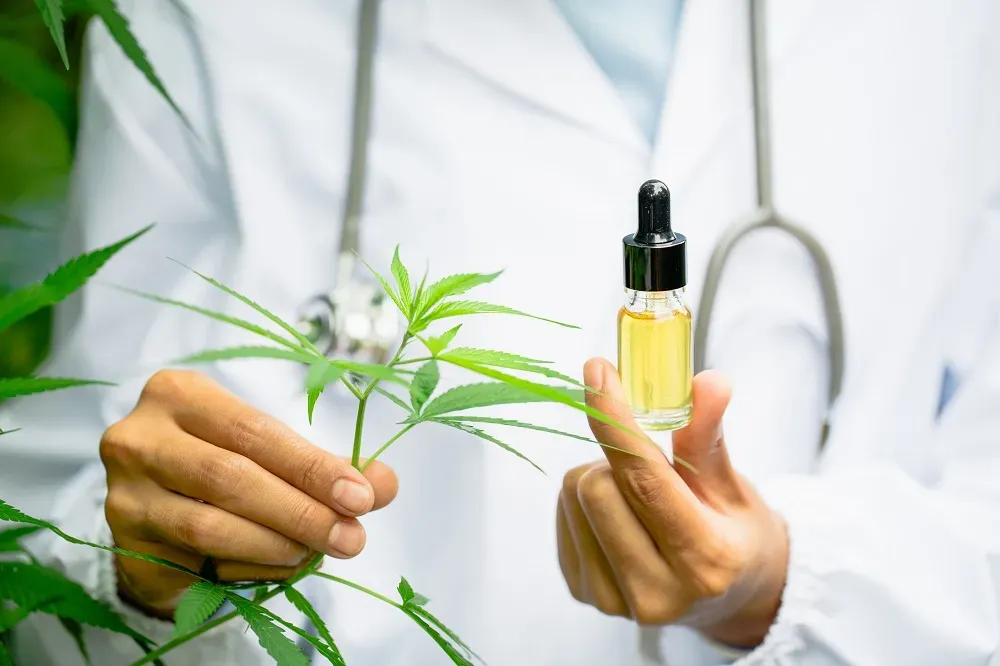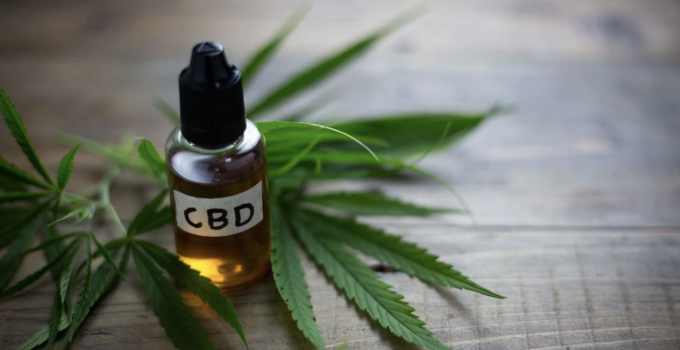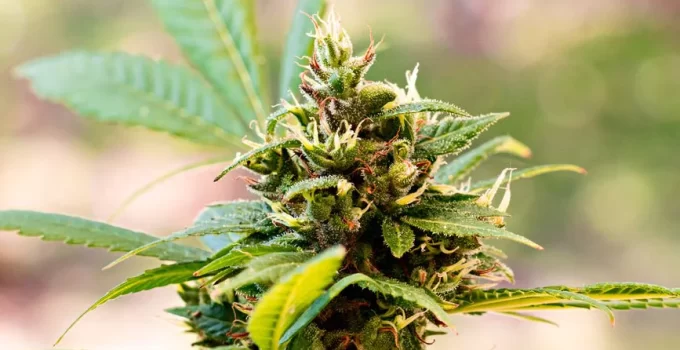CBD (cannabidiol) oil has gained popularity for its potential to alleviate pain, among other therapeutic benefits. Understanding how cbd oil for pain relief interacts with the endocannabinoid system (ECS) provides insight into its mechanism of action for pain.
The Endocannabinoid System (ECS):
Overview: The ECS is a complex biological system present in mammals, including humans. It consists of cannabinoid receptors, endocannabinoids (naturally occurring cannabinoids produced by the body), and enzymes responsible for synthesizing and degrading endocannabinoids.
Functions: The ECS plays a crucial role in regulating various physiological processes, including pain sensation, inflammation, mood, appetite, and sleep. It helps maintain homeostasis, ensuring the body’s internal environment remains stable despite external changes.
CBD and the ECS:
Interaction with Cannabinoid Receptors: CBD interacts with cannabinoid receptors in the ECS, primarily CB1 and CB2 receptors, although it has a low affinity for directly binding to these receptors.
Modulation of Endocannabinoids: CBD influences the activity of endocannabinoids by inhibiting the enzyme fatty acid amide hydrolase (FAAH), responsible for breaking down anandamide, a prominent endocannabinoid known for its analgesic properties.
Indirect Effects: CBD’s interaction with the ECS leads to indirect effects on various neurotransmitter systems, including serotonin and vanilloid receptors, which are involved in pain perception and modulation.

CBD Oil for Pain Relief:
Anti-Inflammatory Effects: CBD possesses anti-inflammatory properties, which can reduce inflammation associated with pain conditions such as arthritis, neuropathic pain, and inflammatory disorders.
Analgesic Effects: By modulating the ECS and influencing neurotransmitter systems, CBD can alleviate pain perception and provide relief from acute and chronic pain conditions.
Neuroprotective Effects: CBD’s neuroprotective properties may help mitigate pain associated with neurological disorders such as multiple sclerosis and neuropathic pain.
Clinical Evidence and Research:
Human Studies: While clinical research on CBD for pain relief is still in its early stages, several studies have shown promising results. Research suggests that CBD may be effective in managing conditions such as chronic pain, neuropathic pain, and inflammatory pain.
Animal Studies: Preclinical studies in animal models have provided valuable insights into CBD’s mechanism of action for pain relief, supporting its potential therapeutic efficacy.
Conclusion:
CBD oil for pain relief involves its interaction with the endocannabinoid system, modulation of endocannabinoids, and indirect effects on neurotransmitter systems involved in pain perception. While further research is needed to fully understand CBD’s efficacy and safety for pain management, preliminary evidence suggests that it holds promise as a natural alternative for alleviating pain and improving quality of life for individuals with various pain conditions.



